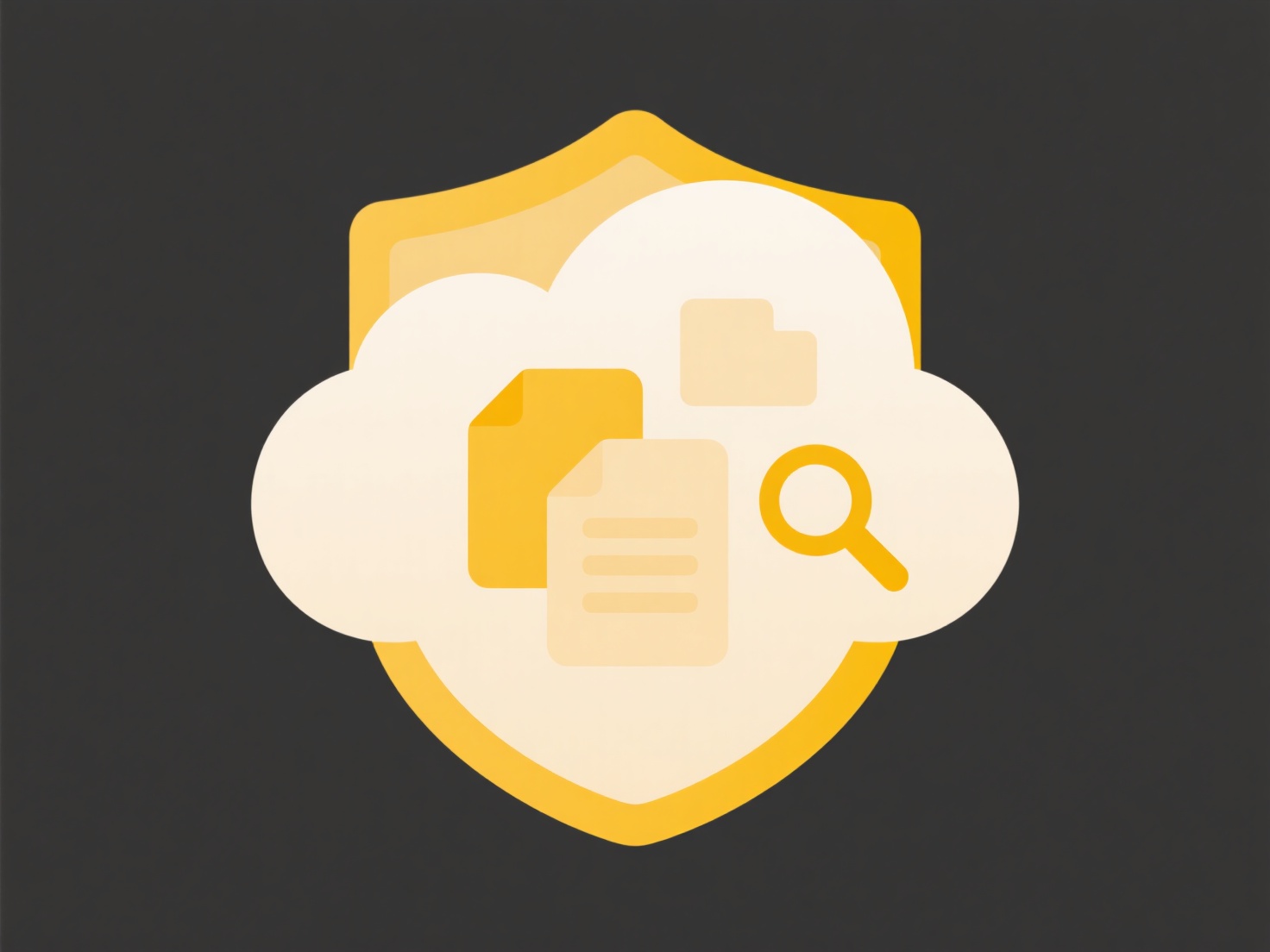
Restricting file access on USB drives means controlling who can view, copy, modify, or delete files stored on these portable devices, often even when the drive isn't connected to a corporate network. It typically involves specialized software that enforces permissions settings on the drive itself. This differs from network-based access control because the files and permissions travel with the physical device, allowing security policies to remain intact off-site.
This capability is primarily used by organizations handling confidential data. For example, a healthcare provider might deploy full-disk encryption tools like BitLocker To Go (Windows) or Endpoint Protector to ensure patient records on USB drives remain unreadable by unauthorized individuals if the drive is lost. Financial institutions often configure data loss prevention (DLP) software to prevent sensitive reports from being copied onto removable media without explicit encryption and permissions.

While offering critical data security benefits, limitations exist. Determined authorized users might circumvent controls via screenshots or alternative transfer methods. Recovery becomes impossible if encryption keys are lost. The practice raises ethical questions around employee privacy and data ownership on personal devices. Future developments focus on tighter integration with cloud identities and easier user experience for legitimate access needs while minimizing business disruption.
Can I restrict access to files stored on USB drives?
Restricting file access on USB drives means controlling who can view, copy, modify, or delete files stored on these portable devices, often even when the drive isn't connected to a corporate network. It typically involves specialized software that enforces permissions settings on the drive itself. This differs from network-based access control because the files and permissions travel with the physical device, allowing security policies to remain intact off-site.
This capability is primarily used by organizations handling confidential data. For example, a healthcare provider might deploy full-disk encryption tools like BitLocker To Go (Windows) or Endpoint Protector to ensure patient records on USB drives remain unreadable by unauthorized individuals if the drive is lost. Financial institutions often configure data loss prevention (DLP) software to prevent sensitive reports from being copied onto removable media without explicit encryption and permissions.

While offering critical data security benefits, limitations exist. Determined authorized users might circumvent controls via screenshots or alternative transfer methods. Recovery becomes impossible if encryption keys are lost. The practice raises ethical questions around employee privacy and data ownership on personal devices. Future developments focus on tighter integration with cloud identities and easier user experience for legitimate access needs while minimizing business disruption.
Quick Article Links
What’s the best format to save documents in?
The best document format depends on your specific needs, balancing editing capability, universal readability, and long-t...
Can automation tools help detect and remove duplicates during sorting?
Can automation tools help detect and remove duplicates during sorting? Automation tools often assist in managing dupli...
Why do file permissions reset after moving files?
File permissions often reset after moving files because most operating systems handle moves between distinct filesystems...